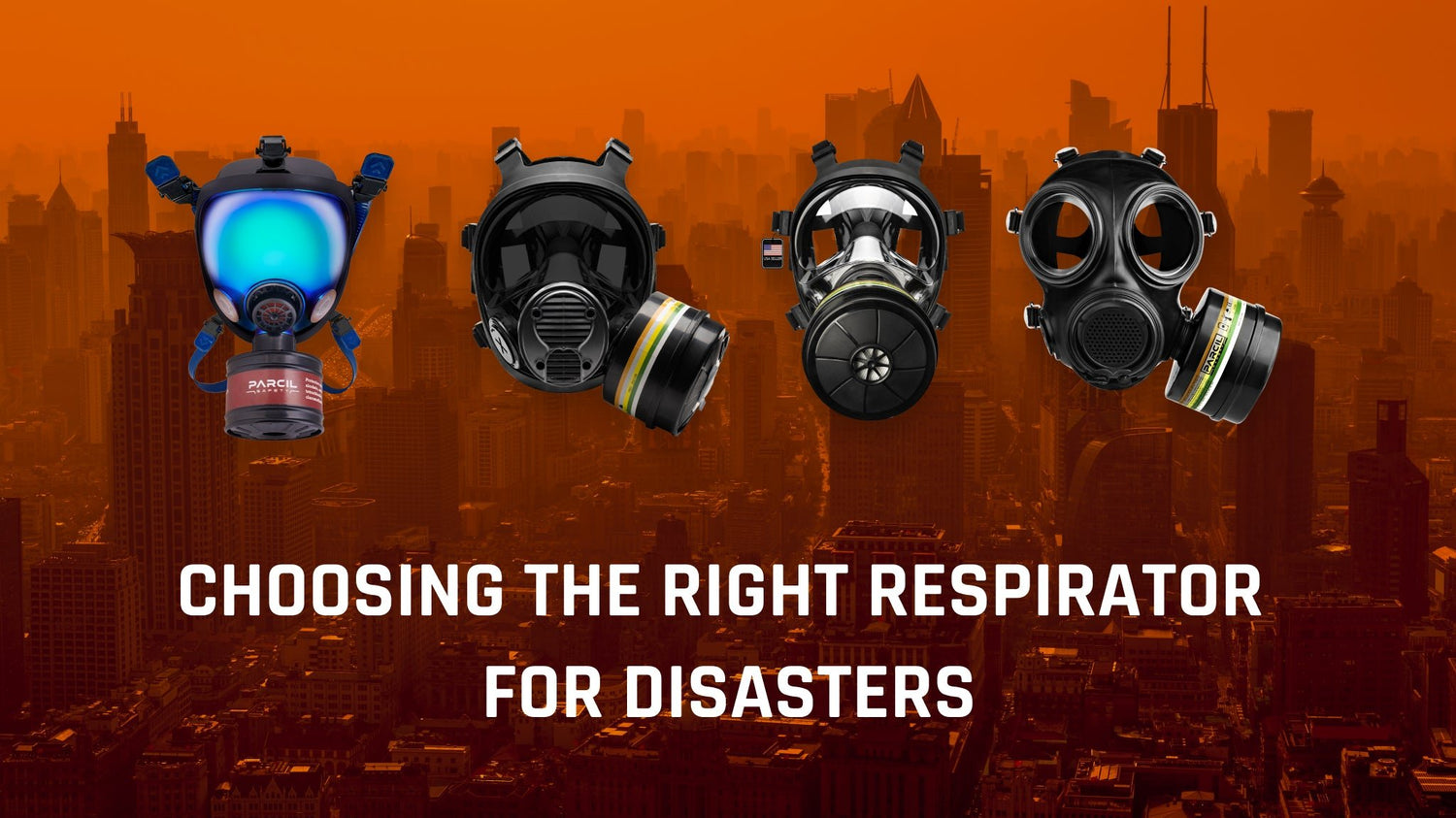Hey there, fellow preppers! Today, let's delve into the nitty-gritty of selecting the right respiratory gear, because let's face it, not all gas masks are created equal. When disaster strikes, whether it's a natural calamity or a man-made crisis, having the appropriate respirator can be a lifesaver.
First things first, before diving into the world of respirators, it's crucial to understand the types of threats you might encounter. Are you prepping for a chemical spill, a biological outbreak, or perhaps a volcanic eruption? Each scenario demands a different level of protection.
Let's break it down:
Which is the best gas mask for Chemical Emergencies?
In the event of a chemical disaster, you need a respirator that can filter out harmful gases and vapors. Look for masks equipped with activated charcoal filters or cartridges specifically designed to combat chemical agents like chlorine, ammonia, or tear gas. Ensure the mask provides a tight seal around your face to prevent any leakage.
Check out Parcil Safety's gas mask for chemical emergencies.
SHOP NOW
Which is the best gas mask for Biological Threats?
When dealing with biological hazards such as viruses or bacteria, opt for a respirator with HEPA (High-Efficiency Particulate Air) filters. These filters can trap particles as small as 0.3 microns, offering protection against airborne pathogens. Additionally, consider a full-face mask to shield your eyes from potential exposure.
Check out Parcil Safety's gas mask for biological threats.
SHOP NOW
Which is the best gas mask for Smoke and Particulate Matter?
Wildfires, industrial accidents, or even building collapses can release harmful smoke and particulates into the air. For such situations, a respirator with N95 or P100 filters is your best bet. These filters are adept at capturing smoke particles, dust, and other airborne debris, safeguarding your respiratory system.
Check out Parcil Safety's gas masks for wildfires and industrial incidents.
SHOP NOW
Which is the best gas mask for Nuclear Fallout?
In the unfortunate event of a nuclear incident, radioactive particles pose a significant threat to your health. A respirator equipped with both particulate filters and a carbon layer can mitigate the risk by filtering out radioactive dust and gases. Remember, a proper fit is paramount to ensure maximum protection.
Check out the Parcil Safety's gas mask for nuclear fallout.
SHOP NOW
What factors you should consider while buying a respirator?
Now that you have a basic understanding of the different types of respirators let's talk about fit and comfort. No matter how effective a mask is, if it's uncomfortable or doesn't fit properly, it's practically useless. Before purchasing a respirator, make sure to try it on and perform a fit test to ensure a snug seal.
Additionally, consider factors like durability, ease of maintenance, and compatibility with other protective gear. A well-maintained respirator can last you a long time and serve you well during emergencies.
Lastly, don't forget about training and preparedness. Owning a top-of-the-line respirator is one thing, but knowing how to use it effectively is another. Take the time to familiarize yourself with your gear, practice donning and doffing it efficiently, and stay informed about emergency protocols.
In conclusion, selecting the right respirator for different disaster scenarios is a crucial aspect of emergency preparedness. By understanding the nature of potential threats and choosing appropriate protective gear, you're taking proactive steps to safeguard yourself and your loved ones in times of crisis.
Stay safe, stay prepared, and breathe easy, my friends!
Read more about disaster management in our blog post "What are the best practices for disaster management?"
A good read by CDC on selecting the right respirator for your emergency kit.





















Leave a comment
All comments are moderated before being published.
This site is protected by hCaptcha and the hCaptcha Privacy Policy and Terms of Service apply.